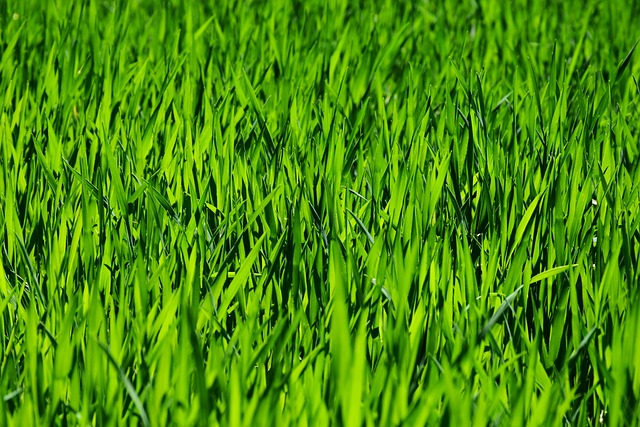Selecting materials for patios and walkways is crucial in lawn care and landscaping, impacting aesthetics and longevity. Options range from traditional concrete and brick to modern composites and stone alternatives, each with unique characteristics, costs, and maintenance needs. Natural stones require regular sealing and cleaning, while composites offer low-maintenance natural looks. Concrete is versatile, cost-effective, and easy to maintain. Choosing materials aligned with climate, budget, and aesthetics ensures long-term goals in lawn care and landscaping.
Transform your outdoor space with a new patio or walkway—an excellent addition for entertaining, relaxation, and increasing your home’s curb appeal. This comprehensive guide explores everything from material selection (stone, brick, concrete, wood, paver stones) based on budget, climate, and aesthetics to design planning, including seating areas, lighting, and storage. We’ll walk you through the installation process, offering tips for maintenance and care, ensuring your lawn care and landscaping investments thrive.
- Choosing the Right Materials for Your Patio and Walkway
- – Types of patio and walkway materials: stone, brick, concrete, wood, and paver stones
- – Considerations in material selection: budget, climate, aesthetic preferences, maintenance, and durability
Choosing the Right Materials for Your Patio and Walkway

When it comes to patio and walkway installation, selecting the right materials is a key decision that will impact both the aesthetics and durability of your outdoor spaces. In the realm of lawn care and landscaping, options abound, from traditional concrete and brick to more modern composite and stone alternatives. Each material has its own unique qualities, costs, and maintenance requirements.
For instance, natural stone like flagstone or slate offers a rustic charm but needs regular sealing and cleaning. On the other hand, composite materials mimic the look of wood or stone without the upkeep, as they’re made from a mix of plastic and natural fibres. Concrete is also a popular choice, especially when stained or pavers are used, providing a versatile and cost-effective option that can be easily maintained through regular cleaning and sealing. Consider your climate, budget, and desired look to ensure your chosen materials align with your lawn care and landscaping goals for years to come.
– Types of patio and walkway materials: stone, brick, concrete, wood, and paver stones

When it comes to patio and walkway installation, lawn care and landscaping professionals often recommend considering various materials to enhance outdoor spaces. Stone, for instance, offers a timeless and natural appeal, with options like flagstone, slate, and granite providing durability and a range of esthetic choices. Brick is another popular choice, known for its strength and versatility, allowing for intricate designs and patterns that can complement any lawn care and landscaping theme.
Concrete, though seemingly basic, can be transformed into stunning creations through staining, painting, or stamping techniques. It’s a cost-effective option that offers a sleek, modern look. Wood, particularly treated varieties, adds warmth and charm to outdoor areas, while paver stones provide an extensive array of colors, textures, and sizes, allowing for creative patterns and designs. Each material has its unique advantages and can be tailored to suit different lawn care and landscaping preferences, creating inviting spaces that seamlessly blend with natural surroundings.
– Considerations in material selection: budget, climate, aesthetic preferences, maintenance, and durability

When planning a patio or walkway installation, material selection is a crucial step that requires careful consideration. The first factors to contemplate are budget and climate. Different materials come with varying price points, so it’s essential to set a realistic range and explore options within it. Additionally, the local climate plays a significant role in determining the longevity of your outdoor features. For instance, in regions with harsh winters or frequent rainfall, choosing weather-resistant stones or composite materials might be more practical than organic options like wood.
Aesthetics also play a vital role in this decision. Patios and walkways are an extension of your home’s exterior, so they should complement your overall landscape design. Consider the look you want to achieve—from rustic natural stone to sleek concrete or elegant tile—and choose materials that align with these preferences. Maintenance is another key factor; some surfaces require more frequent cleaning and sealing to maintain their appearance. Lastly, durability is essential for a long-lasting investment in lawn care and landscaping.
When it comes to enhancing your outdoor space, patio and walkway installation is a significant investment. By carefully considering your material options, taking into account factors like budget, climate, and maintenance requirements, you can create a beautiful and durable surface that complements your lawn care and landscaping efforts. Whether you opt for the natural charm of stone or the versatility of pavers, the right choice will transform your outdoor area into a vibrant, functional, and visually appealing space to enjoy for years to come.
